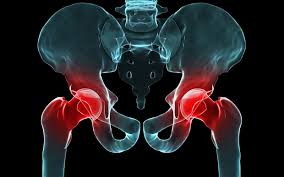When is it used?
An arthroscopy can be used to help diagnose and treat a number of joint problems and conditions.
Diagnosing joint problems
An arthroscopy can be used to help diagnose:
- unexplained joint pain
- joint stiffness
- swelling of the joint
- the joint giving way at certain times or ‘popping’ out of position
Initial tests for these types of problems usually involve the use of imaging studies such as X-rays, computerised tomography (CT) scans and magnetic resonance imaging (MRI) scans.
However, if these tests don't find anything it may be necessary to take a direct look at the inside of the joint.
An arthroscopy can also be used to assess the level of joint damage resulting from an injury, such as a sports injury, or from underlying conditions that can cause joint damage, such as osteoarthritis - where, over time, the joint cartilage becomes damaged.
Treating joint problems and conditions
Surgical instruments can be passed through an arthroscope, making it possible for an arthroscopy to be used to treat a range of joint problems and joint conditions. For example, an arthroscopy can be used to:
- repair damaged cartilage, tendons and ligaments
- remove inflamed tissue
- remove small section of bone and cartilage that have broken off and are loose within the joint
- drain away an excess build-up of synovial fluid (fluid that lubricates the joint)
Conditions that can be treated with arthroscopy include:
- many types of arthritis - a common condition that causes pain and inflammation within a joint
- Baker's cyst - synovial fluid builds up inside a joint, leading to stiffness and swelling
- frozen shoulder - the shoulder joint becomes compressed, causing stiffness and pain
- temporomandibular joint disorders (TJDs) - problems that affect the joint between the lower jaw and the base of the skull
- arthrofibrosis - excess scar tissue caused by a previous injury disrupts the normal workings of the joint
- bone spurs - abnormal bone growths that can cause persistent pain
- synovitis - the lining of the joint becomes inflamed

1385290577.jpeg)






Comments
Comments 0